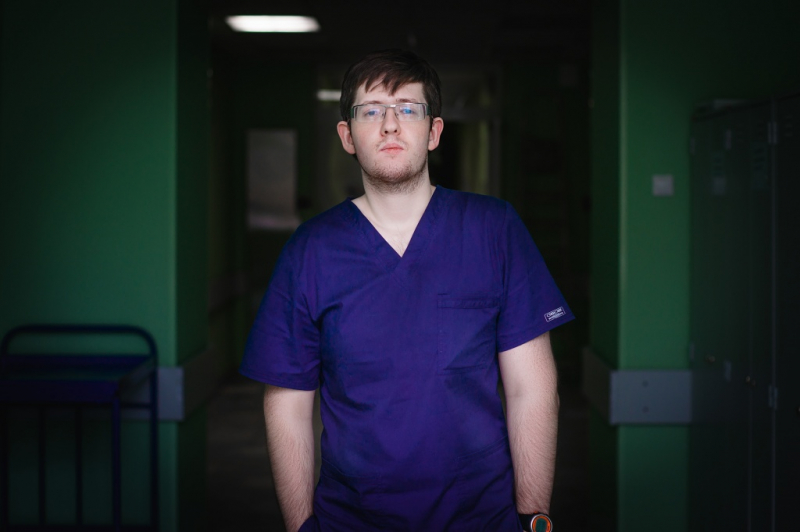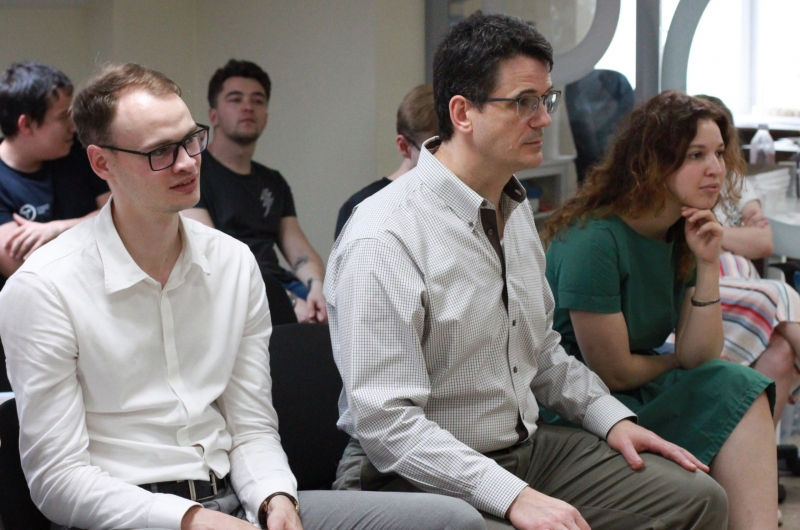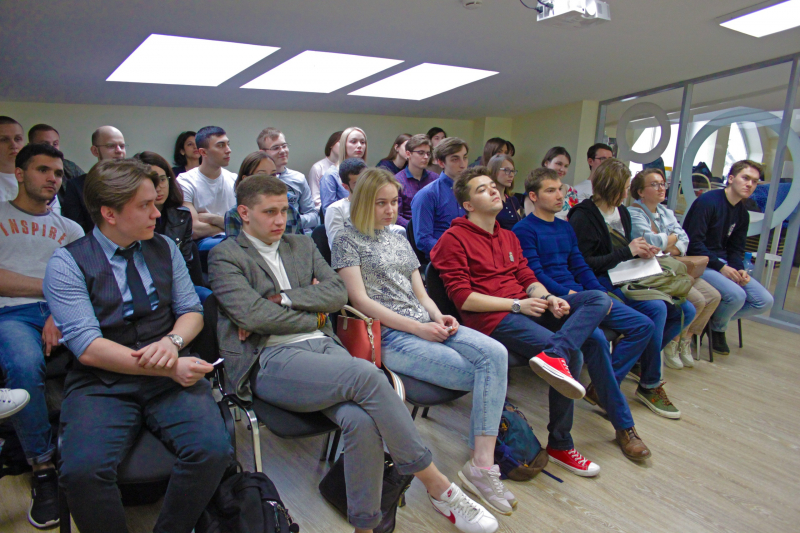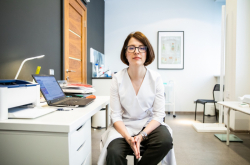“In Russia, medical professionals aren’t taught to communicate with patients”
What started your journey of teaching the basics of medical communication?
This is a rather long story. Initially, I started hosting similar workshops especially for doctors. Just because this isn’t taught at medical universities.
You didn’t have such a course at your university, then?
No. We studied specialized subjects: anatomy, physiology, and many other topics that aren’t at all connected to the direct communication between a doctor and a patient. Medical universities’ curriculum do include a course called Ethics and Deontology, taught over six years, but the problem is that it’s not very practical – meaning that students have no idea how to apply all this knowledge in practice.

So it turns out that doctors have to figure out how to build a dialogue with their patients on their own?
Essentially, yes. The main disadvantage of such communication is the lack of structure. If a doctor doesn’t have a clear-cut algorithm, the dialogue is built intuitively. It can be successful today because a doctor and a patient are in a good mood and immersed in the problem, and then completely fail tomorrow. What all this comes down to is that such an important aspect of treatment as communication becomes a game of luck – it may go well with one person and go south with another.
What consequences might this approach have?
There already are consequences. We’re witnessing an enormous amount of complaints against medical professionals and the country’s healthcare system precisely because of the misunderstanding that often occurs in the communication between a doctor and their patient.
Transition to teaching

How did you develop your professional communication skills?
When I was in my medical residency taking the program “Higher School of Oncology”, I first heard about the existence of such an area of study, thanks to Vadim Gushchin, my mentor from the US. It was a shock for me that doctors all over the world get professional training on how to communicate with their patients, and we don’t.
And when did you first feel the benefits of these classes?
After two years of learning this methodology at the Higher School of Oncology, I started to apply the new knowledge in practice and gradually noticed that it was working. Communicating with patients got easier and more comfortable for me, and they would go away more content with the result.

Was it after that that you decided to teach others?
No, first I continued my research into the matter. Gradually, I started translating English papers into Russian. In 2017, I translated the SPIKES protocol for delivering bad news and published the material on my Facebook page. This got a lot of positive feedback, and I understood that the Russian professional community of doctors were interested in this topic, that there was a demand for such information. Then I took a course at Anna Dorman’s school of medical communication, after which I started developing my own intensive program in accordance with the Calgary–Cambridge consultation model, my experience and all the knowledge I obtain during my studies in Russia and abroad.
Medical consultation algorithm for science communicators

Why can this subject be useful to science popularizers?
Because many of them specialize in communication in medicine. So naturally, it’ll be useful for them to know how the interaction between a doctor and a patient takes place, what communication models are out there, what problems there are in the field, and how they are solved. I hope that scicomm specialists will find ways for applying this knowledge, for example in informing doctors and patients, in developing educational programs and attracting attention to this question.
Does their training differ from that of doctors?
Yes, but first and foremost in the lack of patient practice. We look at examples of good and bad consultations and learn to determine why one dialogue is more successful than another. An entire module of the program is dedicated to teaching communication skills to doctors. It’s very important for a communicator to understand what presentation style is more appropriate for a patient: otherwise, how could we inform others if we can’t speak the same language? We’ll discuss different stages of a consultation, typical mistakes, algorithms of successful behavior, speech constructions, rules to using data in conversations with patients, as well as how to garner information from patients, how to communicate news, be it good or bad, to them, how to resolve conflicts, and, in general, how to circumvent any problematic issues in a dialogue. I hope that in the future, this knowledge will be of help to them in their professional activities.





